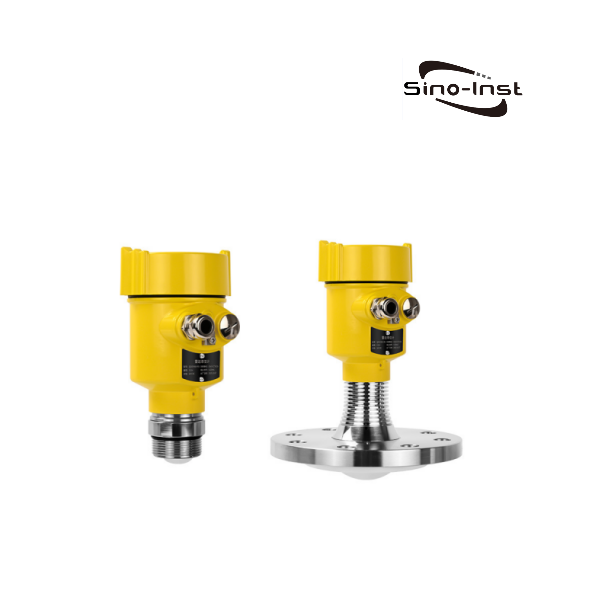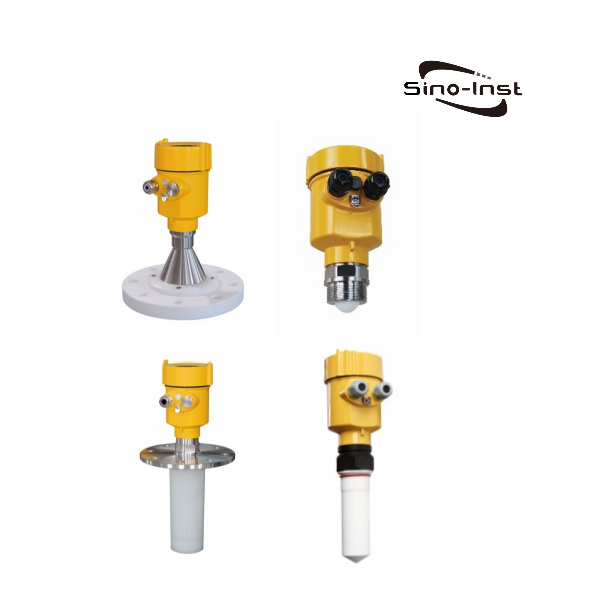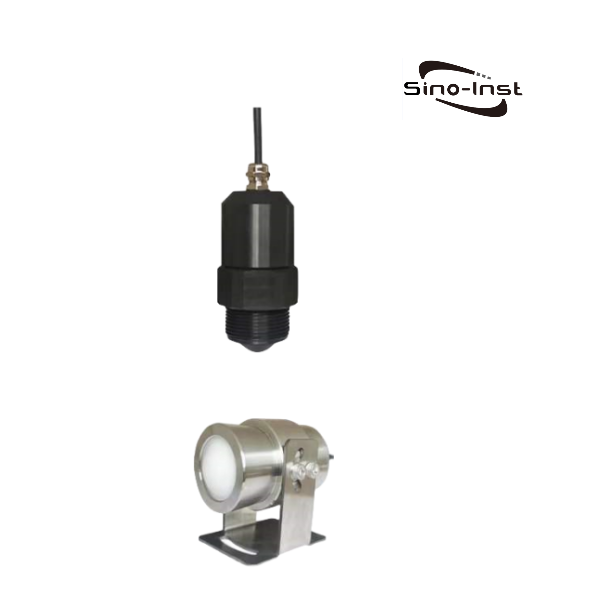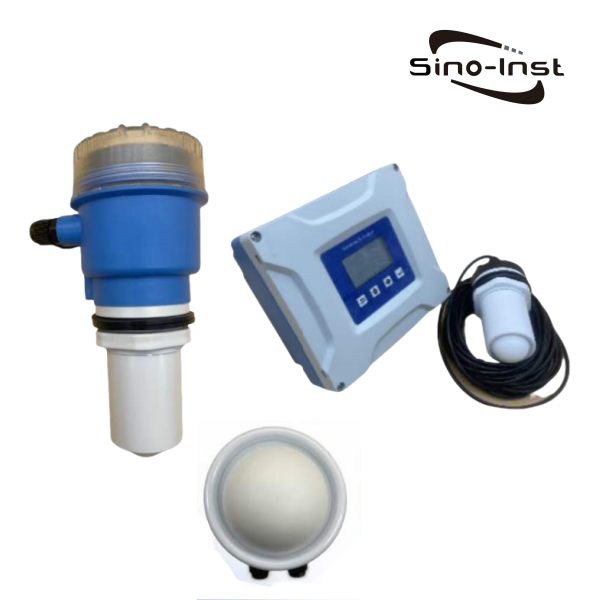Due to its unique non-contact measurement capabilities, this intelligent radar level/liquid level meter accurately measures contaminants and corrosive media. Its 4-20mA and RS-485 output signals enable remote control. Its pulse operation allows for measurement of low-dielectric-constant media and is safe for use in various metal and non-metal containers, harmless to humans and the environment. It utilizes unique microwave technology and echo processing techniques to adapt to various operating conditions. It is widely used in reservoirs, dams, coal plants, power plants, petrochemicals, and general industrial applications.
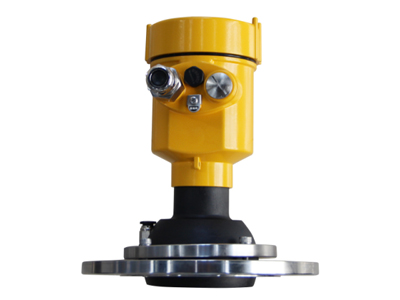
Customized Case
A customer from the Dominican Republic wanted to measure the level of rice grains in a silo and requested a custom ANSI 3″ CL150 flange mount. The final specifications were as follows:
- 80G Radar Level Meter
- FMW21
- Power Supply: 24VDC, 6-wire
- Range: 0-20m
- Process Connection: ANSI 3″, Material: 304
- Antenna: 76mm lens (with purge function)
- Output: 4-20mA + RS485
- Measured Medium: Rice grains
- Temperature: -40-120°C
- Pressure Rating: Atmospheric
- With Local Display
- Connection Port: M20*1.5
- Protection Rating: IP67
- Fitted with a DN80 flange
Sino-Inst’s FMW series sensor is an 80G frequency-modulated radar level meter with a measurement range of up to 150 meters. It is a higher-frequency radar level meter. Its main advantages are a smaller emission angle, more concentrated energy, a stronger echo signal, greater penetration, and higher measurement accuracy. It is suitable for measurement in a variety of applications and is more stable and reliable than other radar products.
Product Principle
The general principle of a frequency-modulated continuous wave radar level meter is that the radar transmits electromagnetic waves from the tank top. The electromagnetic waves are reflected by the medium and then received by the radar. The frequency difference between the received and transmitted signals is proportional to the distance from the medium surface. Because the speed of light and the FMC slope are known, the frequency difference can be estimated to determine the distance R from the material surface at the radar installation location. The material level is then determined by subtracting the spatial distance from the radar to the material surface (referred to as the head height) from the known total height of the tank.
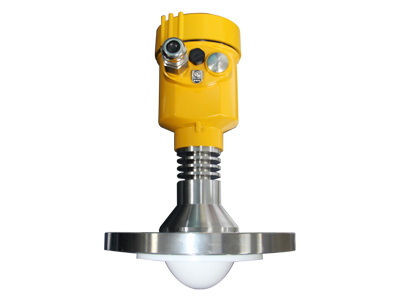
The difference Between FM Radar Level Meter And High Frequency Radar Level Meter
Radars can be categorized as pulse radars and continuous wave radars based on the signal form. Pulse radars emit rectangular pulses with a fixed or staggered repetition period and are currently the most widely used radar signal form. Conventional pulse radars emit periodic high-frequency pulses. Continuous wave radars emit continuous sinusoidal waves and are primarily used to measure target velocity. If the target’s distance needs to be measured simultaneously, the transmitted waveform must be modulated, such as using a frequency-modulated continuous wave.
Our radar level meters are divided into high-frequency radar level meters and frequency-modulated radar level meters. The 80G radar level meter is an FM radar level meter. Compared to high-frequency radar level meters, this level measurement method offers the following advantages:
First, higher measurement accuracy. Our 80G radar level meter uses millimeter-wave radar, achieving a maximum measurement accuracy of ±1 mm and a minimum blind spot of 0.1 m.
Second, it is easier to install. High-frequency radar level meters generally use horn antennas, teardrop antennas, and inner cone rod antennas. These antennas have a certain length, which requires consideration during installation. 80G radar level meters generally use lens antennas, which are smaller and easier to install.
Third, the smaller emission angle results in more concentrated energy and a stronger echo signal. While this advantage of the 80G radar level meter can also become a disadvantage under certain operating conditions. For example, in foaming conditions, low-frequency radar has a wider beam angle, better handling steam, condensation, and turbulent surfaces, while high-frequency radar level meters have the opposite problem.
Installation Requirements
- Avoid installing the meter above the inlet and avoid any objects that could affect the signal, such as agitators.
- There should be no obstructions below the meter.
- Under extremely complex conditions, the meter will function properly if there are no obstructions within a 20cm radius centered on the radar mounting point.

Analysis Of Solids Level Measurement
Solids level measurement is not as straightforward as liquid level measurement. Solids typically present an uneven surface to the measuring device and can be unevenly loaded or settled in their storage containers. Finding a level surface to reflect the signal is crucial for solids level measurement. Level measurement can be categorized as point level measurement and continuous level measurement. Point level measurement is typically achieved by using limit devices such as paddle switches, tuning fork level meters, and capacitive level switches. high-pressure environments. And they require a tight mounting angle, limiting their application. Radar level meters offer a wide measurement range, strong anti-interference capabilities, and high measurement accuracy, which leads to greater market demand.
More Solutions For Level Measurement
Sino-Inst’s radar level meters are designed to adapt to a variety of operating conditions. They utilize high-quality electronic components, and their die-cast aluminum housing effectively protects against moisture and direct sunlight, extending their service life. For any level measurement needs or questions, please contact our technical support staff.
-1.jpg)
